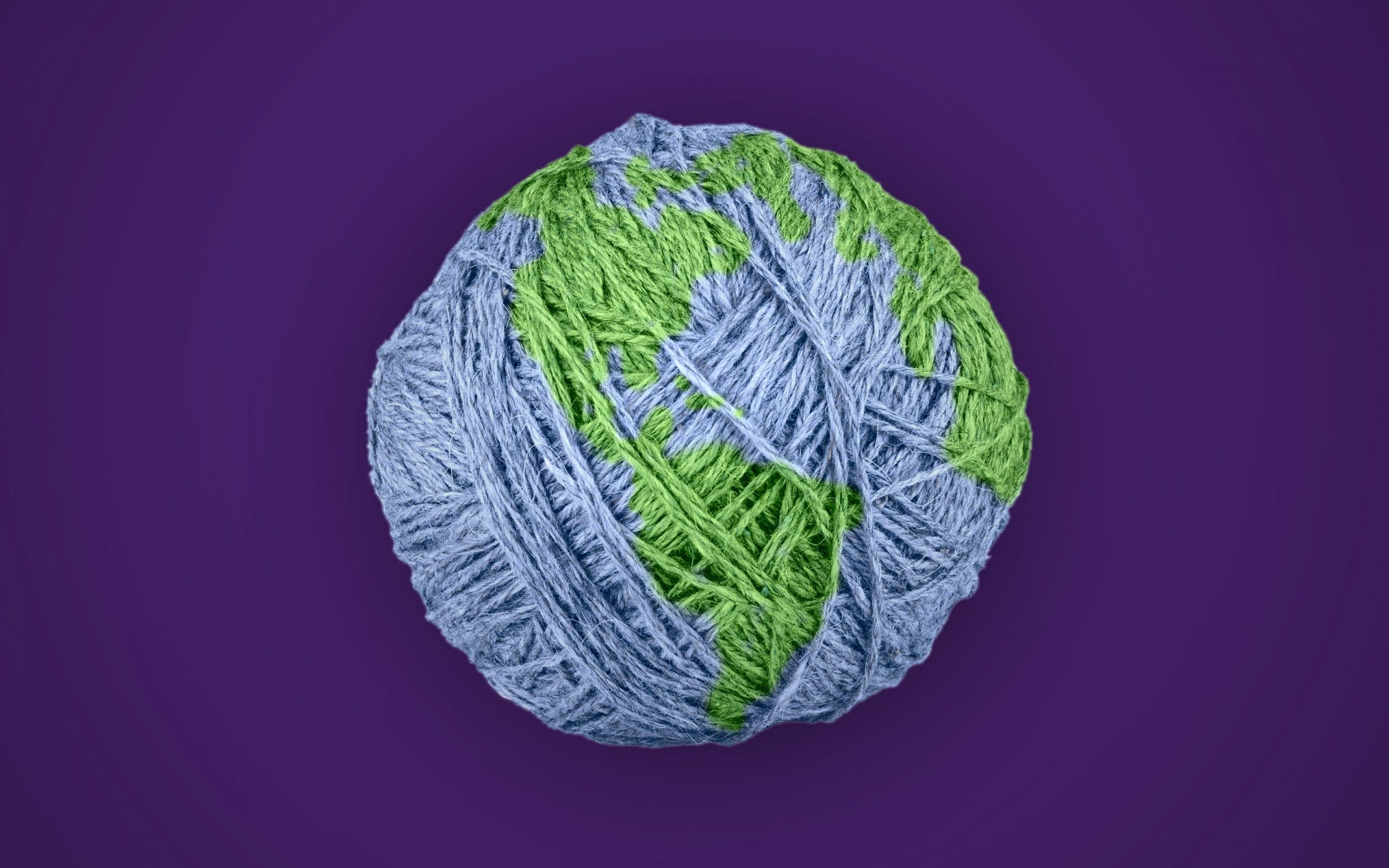Checking out the Surge of Cape Town Sustainable Fashion Brands
Wiki Article
Remain Ahead of the Curve by Exploring Innovative Style Fads
In a market as dynamic as fashion, remaining in advance involves even more than just following current fads-- it requires an expedition of technology. Smart fabrics, for example, are changing garments into useful masterpieces, while 3D printing is reinventing layout processes with its adjustable, waste-reducing capacities. As sustainability becomes a keystone, advancements like green products and circular style techniques are reshaping ecological duty - Cape Town Sustainable Fashion. Moreover, the merging of innovation and style advertises a new period of customer interaction. Exactly how, after that, can these arising trends redefine the future of fashion, and what effects do they hold for brands looking for to thrive in this progressing landscape?
Accepting Smart Textiles
In recent years, the fashion market has actually witnessed a transformative shift with the combination of smart fabrics, an innovative technology that blends innovation with textile. This advancement stands for not only a combination of appearances and functionality however also a significant leap towards sustainability and personalization in fashion. Smart fabrics, likewise called e-textiles, embed innovative electronics such as sensing units and conductive threads within the material, making it possible for garments to connect with the user or the setting.These fabrics are made to monitor physiological parameters, such as heart price or body temperature, offering real-time wellness analytics. Past health and wellness applications, clever fabrics are likewise being utilized for adaptive garments, which can change shade or pattern in action to environmental stimuli, thus offering a dynamic fashion experience.
Additionally, the development of energy-harvesting textiles that produce power from motion or sunshine is leading the way for self-sufficient wearable innovation. This innovation is appealing to ecologically aware customers and designers intending to lower the ecological footprint of style. As study and advancement in this field advancement, wise textiles are anticipated to become progressively widespread, improving the landscape of contemporary fashion with their multifunctional capacities.
The Surge of 3D Printing
Transforming the production landscape, 3D printing has actually emerged as a game-changer in the garment industry. This sophisticated modern technology has actually enabled developers to push the limits of creativity, creating detailed and customized garments that were formerly unimaginable. By leveraging digital design and additive manufacturing, 3D printing promotes the creation of complex geometries and patterns, permitting developers to experiment with new structures and structures.A significant benefit of 3D printing in fashion is its capability to generate on-demand, reducing waste and lowering supply demands. This efficiency not only optimizes production processes but likewise permits rapid prototyping, making it possible for developers to bring their visions to life in a shorter timeframe. Moreover, 3D printing supports customization somewhat unrivaled by standard techniques, providing individualized fits and one-of-a-kind styles customized to specific consumer choices.
The rise of 3D printing has also democratized style, making it accessible to emerging developers that can currently produce high-grade pieces without substantial financial investment in traditional production framework. As modern technology proceeds to breakthrough, the apparel industry is poised to harness the full potential of 3D printing, exploring brand-new products and methods that will definitely redefine how fashion is conceived and produced.
Sustainable Fashion Innovations
As the garment industry comes to grips with the pressing need for ecological duty, sustainable fashion technologies have actually emerged at the forefront of transformative adjustment. The growing awareness of eco-friendly effect has sustained a shift towards even more eco-conscious practices and products. Developers and brands are currently prioritizing sustainability, incorporating approaches that reduce waste and reduce carbon impacts.One significant growth is the increase of round fashion, which stresses recycling and upcycling to prolong the lifecycle of garments. This approach not just decreases waste yet also urges consumers to take on a much more conscious method to apparel usage. In addition, using lasting materials, such as natural cotton, hemp, and recycled polyester, has gotten grip. These materials call for less water and energy throughout production, dramatically a fantastic read decreasing ecological impact.
One more breakthrough depends on the fostering of cutting-edge dyeing techniques that use waterless processes or natural dyes, consequently lowering the vast amounts of water and chemicals traditionally utilized in fabric dyeing. In addition, advancements in biotechnology have resulted in the development of lab-grown natural leather and textiles, offering cruelty-free and eco-friendly options to standard products. Via these introducing initiatives, the garment industry is making purposeful strides in the direction of an extra lasting future.

Tech-Integrated Apparel
Tech-integrated garments represents an innovative fusion of style and innovation, improving exactly how individuals connect with their garments. This ingenious domain is marked by the addition of wise textiles and ingrained electronic components, boosting both performance and aesthetic allure. From physical fitness trackers installed in sportswear to warmed jackets controlled by means of smartphone applications, tech-integrated apparel supplies consumers extraordinary comfort click to read more and adaptability.Pioneering brand names are driving this fad, concentrating on producing garments that reply to environmental stimuli or user commands. As an example, some garments can find this transform shade or pattern in reaction to temperature shifts, while others include biometric sensing units to keep an eye on health metrics like heart price or stress and anxiety degrees. The seamless integration of technology right into textiles also reaches ecological sustainability, with efforts to develop self-cleaning textiles or garments that adapt to weather conditions, thus decreasing the requirement for several layers.
Moreover, the arrival of wearable innovation is not just restricted to clothes but prolongs to devices like watches and eyeglasses, further widening the range of tech-integrated fashion. As the market remains to innovate, the capacity for customization and customization in apparel expands, providing consumers one-of-a-kind, tech-enhanced fashion experiences that satisfy their private needs and preferences.
Future of Virtual Style
In recent times, the future of digital fashion has actually become a transformative pressure within the sector, leveraging improvements in digital innovation to redefine how style is developed, experienced, and taken in. By incorporating augmented truth (AR), virtual truth (VIRTUAL REALITY), and 3D design tools, developers can now craft interactive and immersive experiences that transcend standard style boundaries. Online style enables the development of garments that exist only in digital atmospheres, supplying unlimited possibilities for technology without the limitations of physical production.This electronic change not only presents chances for imaginative expression but also addresses sustainability worries integral in traditional fashion methods. Cape Town Sustainable Fashion. By removing the demand for physical resources, virtual fashion minimizes waste and lessens carbon impacts. In addition, the rise of virtual fashion lines up with the boosting customer need for one-of-a-kind and personalized experiences, as virtual garments can be tailored and tailored to individual choices effortlessly

Conclusion
The fashion industry's future lies in the combination of lasting techniques and cutting-edge technologies. Virtual fashion is poised to redefine consumer interactions.In recent years, the fashion market has actually observed a transformative change with the assimilation of smart textiles, an advanced advancement that mixes modern technology with textile.As the style sector grapples with the pushing demand for ecological duty, lasting style technologies have actually arised at the leading edge of transformative modification.In current years, the future of online fashion has emerged as a transformative force within the sector, leveraging advancements in electronic modern technology to redefine just how style is produced, experienced, and taken in. The rise of virtual style straightens with the raising customer demand for distinct and customized experiences, as digital garments can be tailored and customized to individual preferences with convenience.
The style market's future lies in the integration of sustainable techniques and ingenious innovations.
Report this wiki page